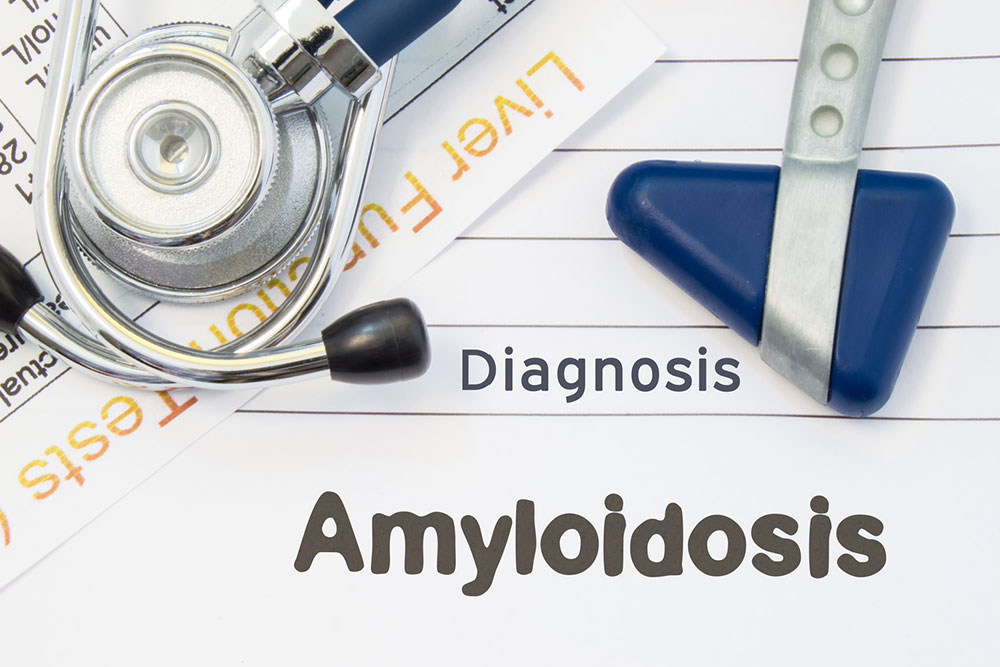Two Types of Hereditary Amyloidosis You Need to be Aware of
Hereditary amyloidosis is a type of systematic amyloidosis which is caused by inheriting a gene mutation. The mutated genes form an abnormally shaped amyloid protein. The “misfolded” amyloid protein can be deposited in clusters in the body nerves and organs. Once the build-up starts, they can harm the tissue or organs of the body.
Even if the person has a mutated gene, the hereditary amyloidosis symptoms don’t show until adulthood.

The two main types of classifications of hereditary amyloidosis disease are:
Non-ATTR
Rarer than ATTR variations, the non-TTR amyloidosis consist of mutated genes in proteins such as Apolipoprotein AI, lipoprotein Fibrinogen Aa, Lysozyme, Apolipoprotein AII, Gelsolin, and Cystatin C. Non-ATTR usually causes renal failure.
ATTR
Amyloidosis transthyretin is a term representing different kinds of mutation. ATTR is one term representing a group of mutations inherited in the TTR gene. As discussed above, the gene mutation makes the transthyretin unstable, as a result, misfolding occurs in the amyloid protein. The fibrils go inside the body, damaging organs and nerves. TTR is usually produced in the liver. It is the most common form of amyloidosis.
Treating ATTR
There are two types of treatments for hereditary amyloidosis. The supportive treatment focusses on hereditary amyloidosis symptoms whereas source treatment slows down the overproduction of amyloid at its source.
- Supportive treatment
This type of treatment is helpful for various symptoms such as autonomic neuropathy, peripheral neuropathy, cardiac, and kidney problems that can affect the quality of life. However, several medications that are prescribed for treating peripheral neuropathy can help with pain relief due to nerve damage. Treating autonomic neuropathy mainly focuses on blood pressure, heart rate, perspiration, and digestion. Supportive treatment also helps in treating other symptoms such as nausea, vomiting, diarrhea, and constipation. - Source treatment
The liver is the main source of amyloid production for most ATTR variations. However, the liver is the least affected organ affected by the disease in most cases and the amyloid burden causes damages to the other parts of the body. As a result, source treatment helps in stopping or slowing the growth of disease from its source i.e. the liver. Liver transplantation is the most effective treatment in such cases. However, it also depends on the extent of gene mutation. Apart from this, there are clinical trials, therapies, and new testing strategies that cause a decrease in the production of the TTR protein.